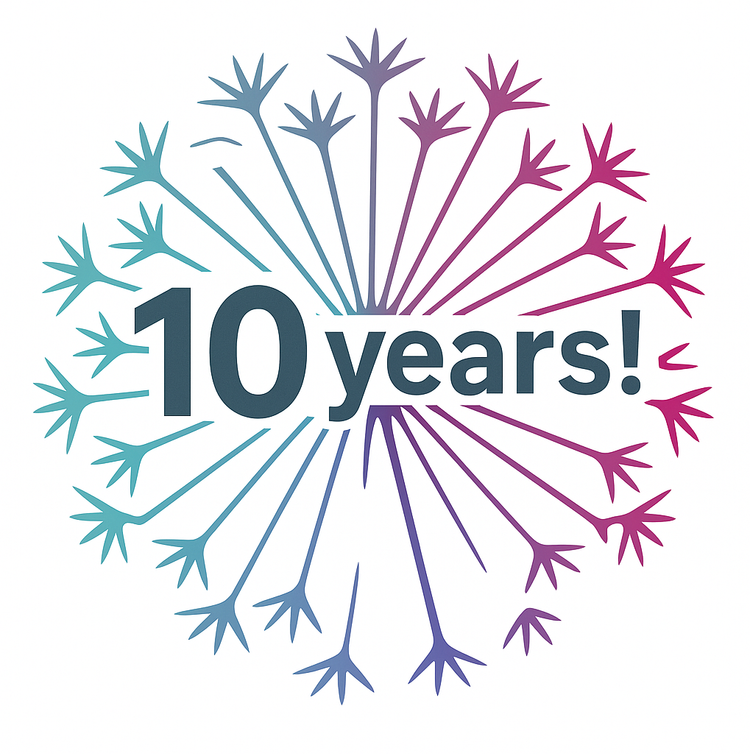Public Benefit Licensing: Addressing Sustainability Challenges in Open Infrastructure

In today's rapidly evolving open infrastructure landscape for research and communications, a critical question emerges: Does public benefit licensing offer a potential solution to sustainability challenges that traditional open source approaches have failed to resolve?
Defining Public Benefit Licensing
Public Benefit (PB) licensing represents a specialized approach to software and infrastructure licensing that sits on the continuum between fully open source and closed proprietary models. It can be categorized as "source available" - where code is visible and usable, but with specific conditions attached that typically relate to the type of use or user.
Public Benefit licensing specifically imposes restrictions designed to ensure that commercial entities that derive significant value from the software contribute back to its sustainability, while preserving free access for public interest, educational, research, and small-scale applications.
The Source Availability Spectrum
Open Source <--------- Source Available ---------> Closed Source
[GPL, MIT, Apache] [Public Benefit Licensing] [Proprietary]
Key Positions on the Spectrum:
- Open Source (Left)
- Full freedom to use, modify, and redistribute
- No restrictions on commercial use
- Code fully accessible
- Examples: MIT, GPL, Apache licenses
- Source Available (Middle)
- Public Benefit Licensing occupies this space
- Code is viewable and accessible
- Usage rights are conditional
- Restrictions typically based on use case, organization type, or revenue
- Other examples: Commons Clause, Sustainable Use License, Fair-code principles
- Closed Source (Right)
- Code not accessible to users
- All rights reserved
- Typically requires payment for use
- Examples: Traditional commercial software licenses
Distinguishing Features of Public Benefit Licensing
What sets Public Benefit licensing apart from other source-available approaches is its specific focus on:
- Creating sustainable funding mechanisms for development of public infrastructure
- Targeting commercial entities that derive substantial value
- Preserving free access for public interest, educational, and research use cases
- Balancing openness with the practical needs of sustainable development
Why is Public Benefit Licensing Interesting? - Understanding the Contributor-Project Disconnect
Many well-resourced organizations—particularly commercial publishers—leverage open infrastructure while demonstrating limited understanding of open source licensing principles and engagement models.
This knowledge gap isn't merely incidental—it represents a strategic barrier that preserves the status quo. Organizations that profit from open infrastructure often lack incentives to develop the expertise needed for meaningful participation in its development. The result is a one-sided relationship where value flows predominantly in a single direction: from community-maintained projects to commercial beneficiaries.
This contributor-project disconnect directly enables what economists call the "free-rider problem"—the central dynamic undermining open infrastructure sustainability. When organizations can freely utilize open source resources without any reciprocal contribution obligations, the system becomes fundamentally imbalanced.
The free-rider problem creates a troubling cycle: as more organizations extract value without contributing back, fewer resources remain for maintenance and innovation. Over time, this imbalance threatens the very ecosystem upon which these organizations increasingly rely. What begins as a sustainability challenge ultimately becomes an existential threat to the infrastructure itself.
There are many examples of this problem at play, but I'll lean on some concrete examples from my own work illuminate this systemic problem. Consider Paged.js and CokoServer—innovative platforms widely adopted across the publishing industry. Despite their extensive use, only a handful of organizations, notably eLife, have made substantial ongoing investments in these technologies. This pattern repeats across the open infrastructure landscape: many consumers, few contributors.
Public Benefit Licensing as a Middle Path
Between traditional open source and proprietary models, public benefit licensing offers a middle path. This approach could strategically address control and sustainability concerns while preserving the collaborative spirit of open infrastructure.
A well-designed public benefit license could:
- Require commercial entities to contribute financially when deriving substantial value
- Preserve free access for educational, research, and small-scale applications
- Create sustainable funding mechanisms for ongoing development
- Maintain community governance while ensuring resources for implementation
Balancing Tradeoffs: The Complex Reality
Implementing public benefit licensing isn't without challenges. Any new approach must carefully navigate:
- Compatibility with existing open source ecosystems and dependencies
- Potential barriers to adoption and community fragmentation
- Enforcement mechanisms that don't create excessive administrative burden
- Clear definitions of commercial use and contribution requirements
Building a Sustainable Future for Research Infrastructure
As various funding sources undergo challenges, we must continue to evaluate sustainability for open infrastructure. In my opinion, business-social good partnerships are increasingly necessary, though they present their own challenges. Public benefit licensing may offer a promising way to navigate this complex landscape.
The conversation around public benefit licensing represents a crucial evolution in how we conceptualize shared digital resources. By thoughtfully addressing the inherent tensions between openness and sustainability, the research community can develop more resilient infrastructure models.
The current system, while ideologically appealing, has created an unsustainable dynamic where the majority benefit while few shoulder the development burden. Public benefit licensing offers a promising path toward a more equitable distribution of both benefits and responsibilities in our shared digital commons.






Member discussion